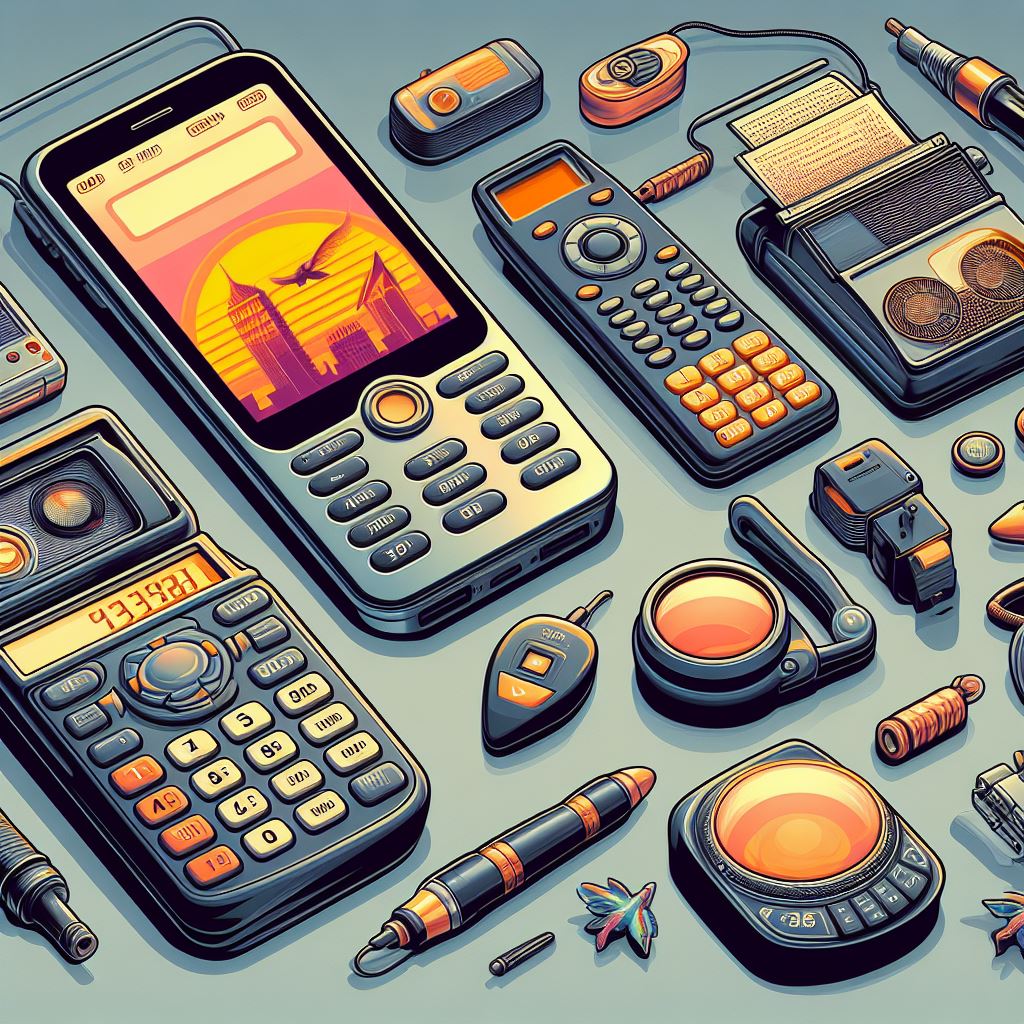Introduction
In an era dominated by sleek smartphones, the resurgence of “dumb phones” or feature phones among Gen Z is both surprising and intriguing. These retro devices, reminiscent of the late 1990s and early 2000s, are making a comeback. But why would anyone choose a basic phone over a pocket-sized computer? Let’s explore the reasons behind this trend.
Nostalgia and Aesthetic Appeal
- Nostalgia Marketing: Gen Z’s interest in flip phones is part of a broader obsession with the aesthetics of the past. Nostalgia, that bittersweet emotion tied to positive memories, plays a significant role. Brands like Nokia have capitalized on this by reintroducing updated versions of their classic phones. The iconic Nokia ringtone and the satisfying flip of a Motorola Razr evoke memories of simpler times when texting meant T9 predictive input and Snake was the ultimate mobile game.
- Digital Detox: The constant connectivity of smartphones can be overwhelming. Feature phones offer a respite—a deliberate choice to unplug. By opting for a dumb phone, individuals intentionally limit their digital interactions. It’s a rebellion against the always-on culture, where notifications dictate our lives. The physical act of flipping open a phone becomes a ritual, signaling a break from the digital noise.
Impact on Mental Health
1. Reduced Anxiety and Stress
- Minimal Notifications: Dumb phones lack the barrage of notifications that plague smartphone users. Without constant pings from social media, email, and messaging apps, individuals experience reduced anxiety and stress levels. The absence of FOMO (fear of missing out) allows for a more serene existence.
- Mindful Interaction: Feature phones force deliberate interaction. When you receive a call, you answer it—no multitasking or swiping away notifications. This mindfulness contributes to mental well-being.
2. Improved Sleep Quality
- Blue Light Reduction: Smartphones emit blue light, which disrupts sleep patterns. Feature phones lack backlit screens, reducing exposure to blue light before bedtime. Better sleep quality positively impacts mental health.
- No Late-Night Scrolling: The absence of addictive apps encourages healthier bedtime routines. Instead of scrolling through Instagram or TikTok, users wind down without digital distractions.
3. Enhanced Social Connections
- Real Conversations: Feature phones prioritize voice calls over text messages. Hearing someone’s voice fosters genuine connections. Face-to-face interactions become more meaningful when the distraction of screens is removed.
- Quality Over Quantity: Dumb phones encourage quality interactions with a smaller circle of contacts. Quantity doesn’t trump depth. Loneliness decreases when conversations are intentional.
Conclusion
The resurgence of dumb phones signifies more than just technological regression; it’s a conscious rebellion against digital overload. Whether driven by nostalgia, a desire for simplicity, or a need for mental well-being, Gen Z’s embrace of feature phones is a reminder that sometimes less truly is more. So, next time you hear that familiar Nokia ringtone, consider the wisdom of flipping open a phone and connecting with the world in a refreshingly straightforward way.
